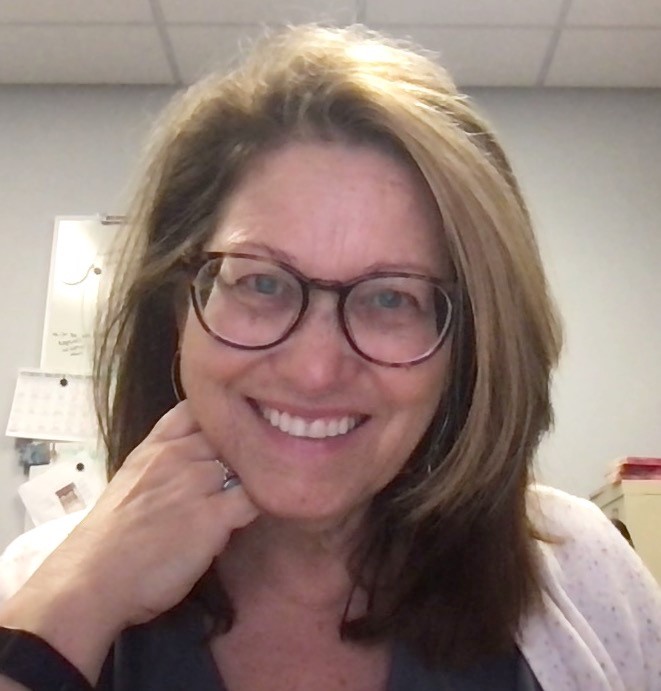Evolving to connect
Same time, next year?
That’s how I feel at the end of every meeting, after a thoroughly enjoyable experience, immersed in stunning research, joyful camaraderie and good times.
And if you recognize the that “same time” phrase as the title of a 1978 movie, you’re probably old enough to remember when American Society for Biochemistry and Molecular Biology annual meetings were centered more on research and less on making connections, and certainly, they were less diverse in attendees and events.
Back then, research reigned as the chief attraction, plenaries were stimulating, posters were insightful, and impromptu gatherings led to conversations and collaboration. The vendor booths were plentiful with cutting-edge instrumentation. Publishers’ row burst with the latest in communication in the predigital days.
As an attendee, I was exhilarated by the research described by scholars whose work I admired and awed when I was able to meet and converse with esteemed big-name scientists. The biochemical insights I gained were critical to my work. Textbook authors and representatives were helpful and informative.
As a faculty member at a primarily undergraduate institution, however, I often struggled to feel fully a part of these research-oriented meetings. But all that changed in 1997, when the society hosted its first satellite education meeting where like-minded faculty got to meet, connect and form collaborations not just in teaching but in education research. The ASBMB had evolved to recognize not just research but also the importance of teaching, diversity, ethics, inclusion and policy, noting that the future required a whole new approach in supporting BMB.
As one of my students joyfully exclaimed when he presented as an undergraduate, “I found my people!”
We began to gather annually, and colleagues initiated more education and inclusion events, student clubs and regional meetings; the ASBMB was supportive and inclusive. As faculty at smaller campuses, often isolated from other biochemists and with a common mission to support, we hungered for connections, insights and collaboration.
Since then, and maybe it’s a little embarrassing to admit it, attending the annual meeting and getting to see my friends and hang out and drink and share stories is a highlight of my year.
This group calms me down when I am frustrated by teaching; we joke and support each other, and they’re there when I need an ear or a helping hand. We zoom, text and host occasional Friday night virtual wine gatherings to share good and bad news.
This group has sustained me.
At a time in my life when I felt that my work in education was not as valuable as being a hardcore researcher at a big university, this group helped me understand that we’re not going to have a next generation of well-trained biochemists without our good work. And the ASBMB has supported this at our annual and specialty discipline-based education research meetings.
So this is really my heartfelt note to these amazing friends and colleagues — you know who you are, and you know that you have been an intimate part of my career and personal life. Thank you. Without you, I might have lost heart a long time ago. I certainly would have been more lost, more alone and more isolated. I would not be here without you. I really look forward to seeing you.
So — same time next year?
MEETING CONNECTIONS
Have you made a friendship or connection, forged a collaboration, gleaned insight or had another meaningful experience at a scientific meeting?
To celebrate the return of the American Society of Biochemistry and Molecular Biology’s annual meeting as an in-person event, ASBMB Today held an essay contest based on this question. This entry won an honorable mention.
Enjoy reading ASBMB Today?
Become a member to receive the print edition four times a year and the digital edition monthly.
Learn moreGet the latest from ASBMB Today
Enter your email address, and we’ll send you a weekly email with recent articles, interviews and more.
Latest in Opinions
Opinions highlights or most popular articles

Debugging my code and teaching with ChatGPT
AI tools like ChatGPT have changed the way an assistant professor teaches and does research. But, he asserts that real growth still comes from struggle, and educators must help students use AI wisely — as scaffolds, not shortcuts.

AI in the lab: The power of smarter questions
An assistant professor discusses AI's evolution from a buzzword to a trusted research partner. It helps streamline reviews, troubleshoot code, save time and spark ideas, but its success relies on combining AI with expertise and critical thinking.

How AlphaFold transformed my classroom into a research lab
A high school science teacher reflects on how AI-integrated technologies help her students ponder realistic research questions with hands-on learning.

Writing with AI turns chaos into clarity
Associate professor shares how generative AI, used as a creative whiteboard, helps scientists refine ideas, structure complexity and sharpen clarity — transforming the messy process of discovery into compelling science writing.

Teaching AI to listen
A computational medicine graduate student reflects on building natural language processing tools that extract meaning from messy clinical notes — transforming how we identify genetic risk while redefining what it means to listen in science.

What’s in a diagnosis?
When Jessica Foglio’s son Ben was first diagnosed with cerebral palsy, the label didn’t feel right. Whole exome sequencing revealed a rare disorder called Salla disease. Now Jessica is building community and driving research for answers.

